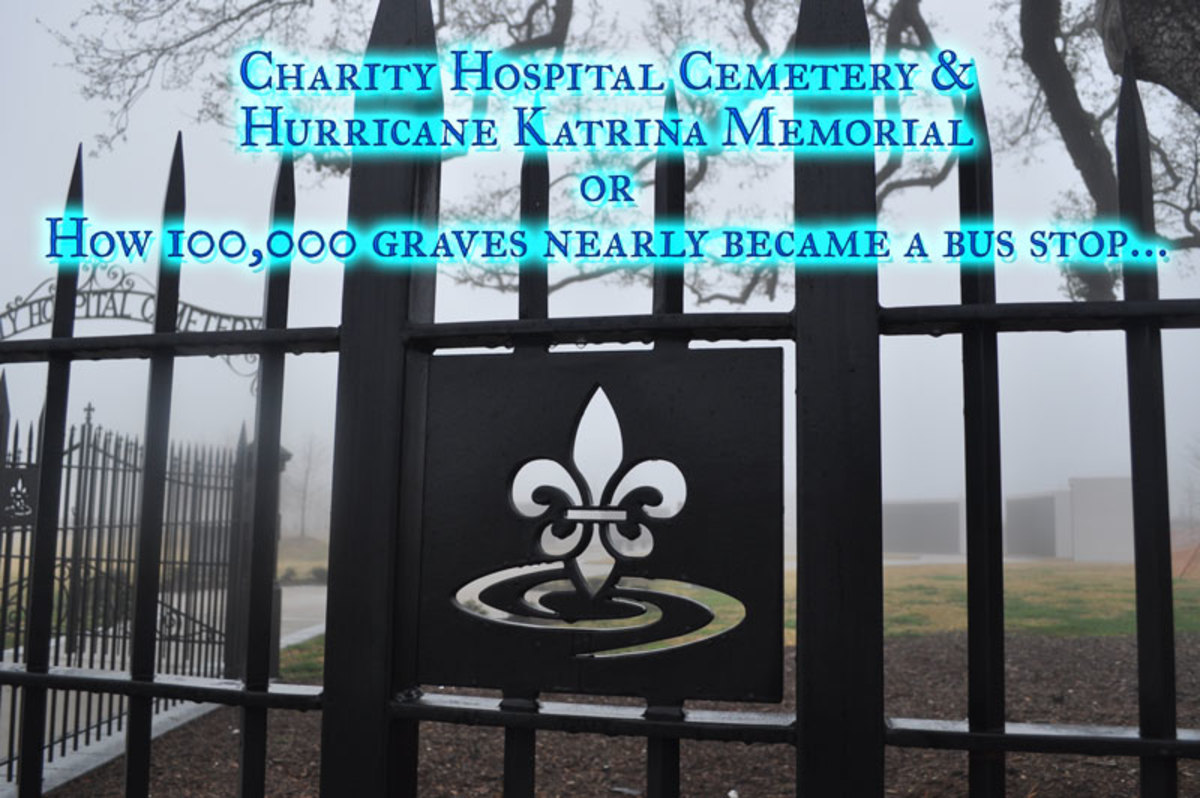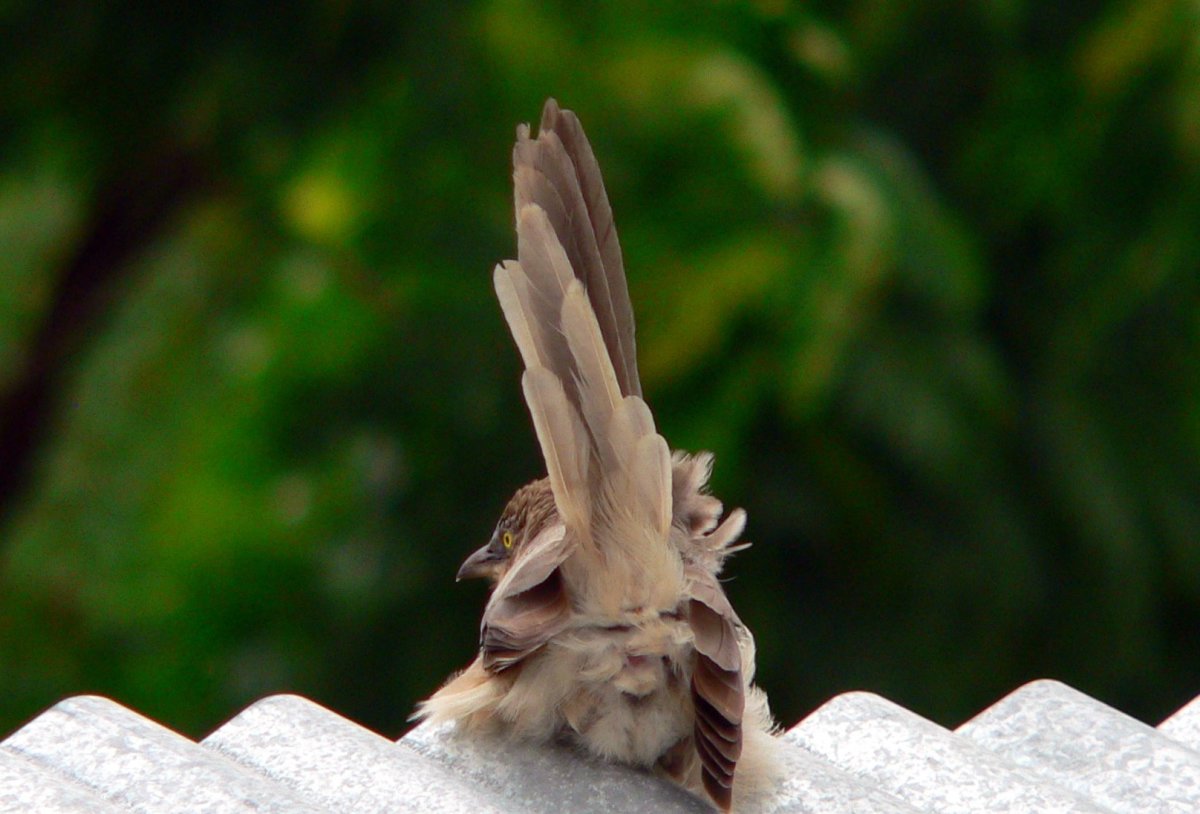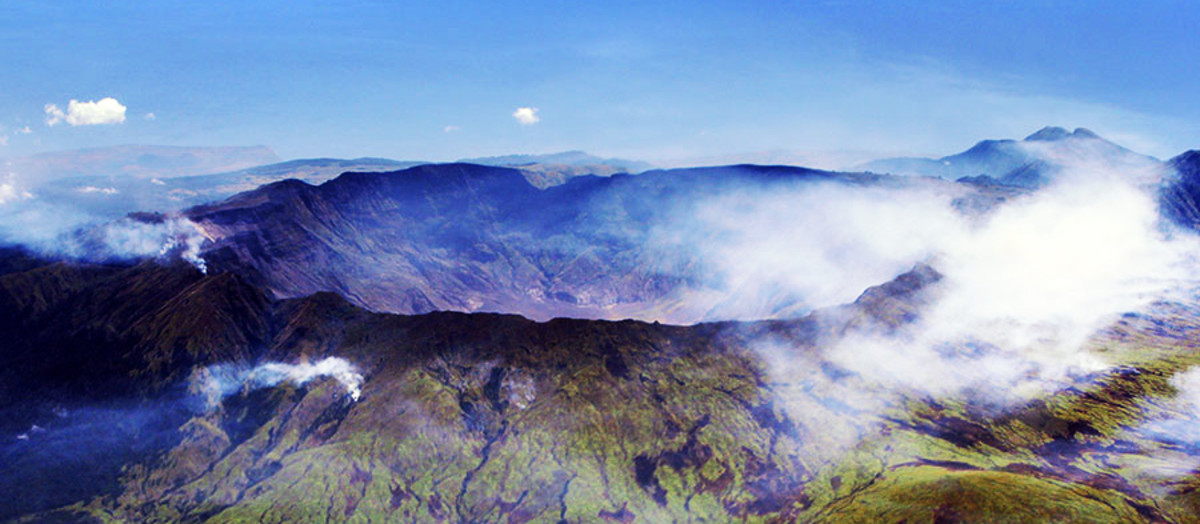The Aftermath of Hurricane Katrina
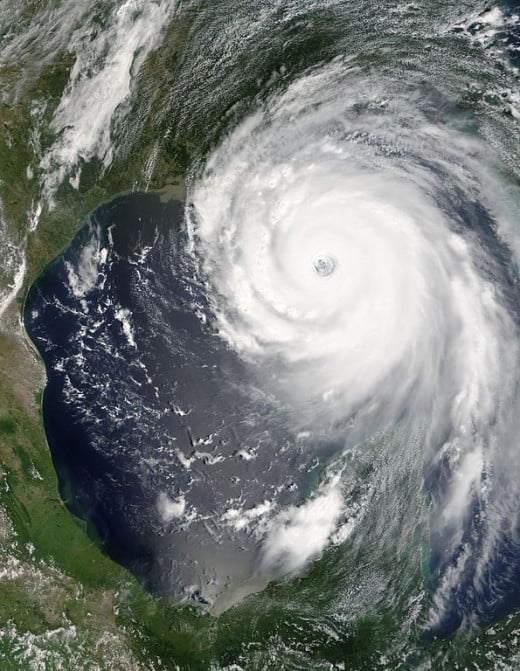
In the summer of 2005, Hurricane Katrina ravaged the Caribbean and the Gulf Coast of North America. This paper will describe Hurricane Katrina, the extent of the damage sustained, how it affected the cities it impacted and some possible preventative measures to combat future coastal hurricanes.
On August 29, 2005, Hurricane Katrina hit the Gulf city of New Orleans with sustained winds of 125 mph (110 knots), which placed it as a strong category 3 hurricane according to the Saffir-Simpson scale.1 This scale is based on wind speed and water surge. In terms of force, in the past 100 years it falls behind the category 5 hurricanes – Labor Day Hurricane on September 2, 1935, Hurricane Camille on August 17, 1969, Hurricane Andrew on August 24, 1992 and Hurricane Charley on August 13, 2004.2
However, in terms of damage it holds the record as being the costliest. Katrina had initially begun as a tropical depression, a low pressure area with thunderstorms that create circular winds, in the southeast Bahamas. It then moved northwesterly and then reached the tip of Florida as a category 1 hurricane. It then proceeded west over the Gulf of Mexico and meeting a mid-level ridge over Texas that pushed Katrina northward towards the Gulf Coast. The warm waters of the Gulf aided in Katrina reaching its full category 5 intensity, however, the hurricane dropped to a category 3 before landfall.3 The destruction would come from the storm surge and intense rainfall, up to 13.6 inches fell over a 24-hour period. This increase in precipitation and water surge aided in causing the inadequate levee system to fail in New Orleans, which put nearly 80% of the city and parishes under flood waters, as well as other coastal areas in Mississippi.4
While the Army Corps of Engineers were zeroed in on because of the poorly designed levee systems, the real issue came with the breakdown of society when what we now consider basic essentials – such as food, clean water, electricity, medical care and sanitation, were now no longer taken for granted. An estimated 25,000 people were still stranded and awaiting rescue. But the most alarming repercussion of Katrina is its societal effect on the people of New Orleans. Looting, rapes, murders and other acts of terrorizing became commonplace, common enough for the governor to call on the National Guard to bring order into the city.5
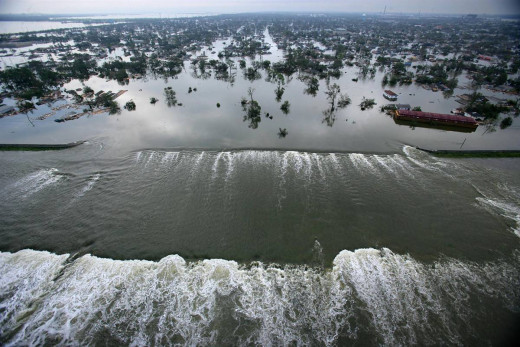
The city’s primary shelter, the Superdome, resembled Andersonville prison camp in Georgia during the American Civil War. Sarah Kaufman relates how New Orleans Police Superintendent Eddie Compass was steadfast in his role in upholding the law, as well as his position on the police officers of the city by stating,
…pledged that those who raped, looted, and shot at police officers should be pursued, and that he would personally “put them on ‘America’s Most Wanted’ and hunt them down.” In addition to demonizing the criminals who “terrorized” the city as it flooded, Chief Compass then spoke at length about the almost 30% (an estimated 500 out of 1700) of the police force that did not stay in New Orleans as it flooded. He referred to them four times as “the cowards who walked away,” and praised those that stayed to fight the criminals in the streets.6
Ultimately, Katrina impacted much more than the criminal element. The psychological effects have reverberated since Katrina. In a study conducted by University of Michigan researcher Narayan Sastry and Tulane University's Mark VanLandingham, show the devastation mentally to those who lost their homes and were predominantly black. Sastry states that, "Our findings suggest that severe damage to one's home is a particularly important factor behind socioeconomic disparities in psychological distress, and possibly behind the levels of psychological distress…"7 supporting the idea that the lower income, black residents took much of the brunt of the psychological effects of Katrina
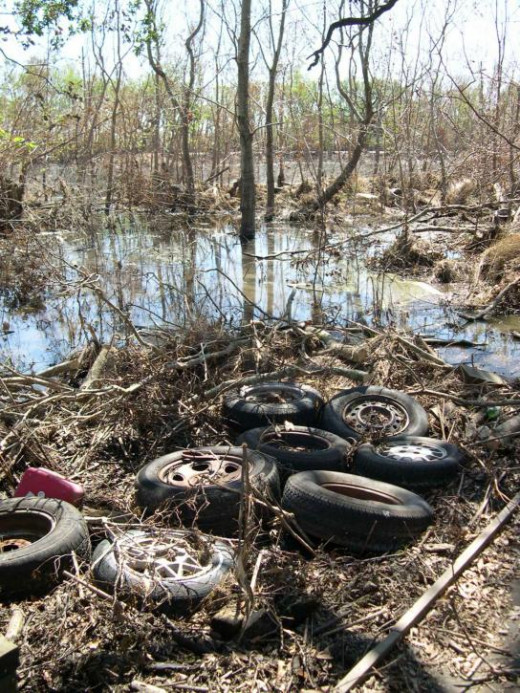
Besides psychological effects, there were also ecological and human health effects related to Katrina’s aftermath. Airborne contaminants from the destruction of old, molded buildings occurred throughout the cleanup process. The demolition also introduced lead, arsenic and other chemicals into the environment, especially in the soil and water in the poorer sections of the city. Dr. George Cobb of Texas Tech University points out that “chemical contamination is a historical problem for old cites in the U.S.”8
This leads to what now? What needs to be done to protect another disaster of this magnitude from occurring again? The Army Corps of Engineers began work on shoring up its deficiencies in the levee systems in New Orleans by constructing high walls and raising and strengthening the old levees that failed in the wake of Katrina. They have also added gates across the canals and navigation channels to aid in keeping the levees safe from storm surges.9 According to Scientific American’s inquiry of various experts, there are three strategies that fall outside what the Army Corps of Engineers have done. The first is build a tight ring completely around New Orleans. The second is 440 mile levee system that would stretch from the Mississippi almost to Texas. The final strategy is an outer-shield around the regions perimeter.10
Ultimately, everyone will have their own opinion on the best way to prevent this from happening again, but ultimately, this is nothing but delusions of grandeur. Nature has its own agenda and we encroach on it thinking we can control it to suit our needs. Being prepared ahead of time, coming up with solid strategies for protection and for having a better emergency response program in the event another Katrina hits. But in the end, nature will do what she wants, regardless of how much we prepare.
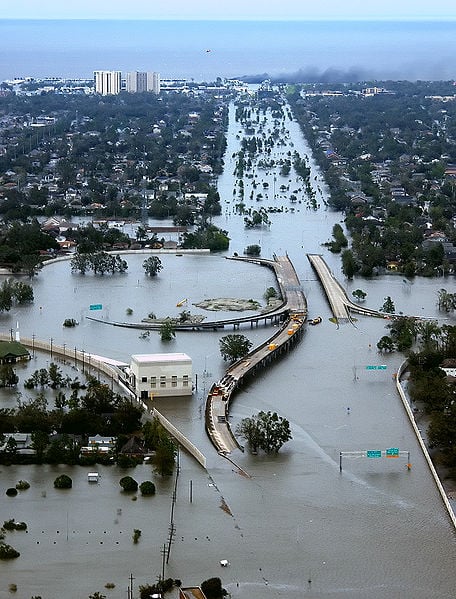
Do you think that regardless of what humans do to protect coastal cities, nature will always triumph?
Sources:
1. Anne Waple. “Hurricane Katrina” NOAA’s National Climatic Data Center. Asheville, NC, December 2005
2. Ibid.
3. Ibid.
4. Christine F. Anderson. “The New Orleans Hurricane Protection System: What Went Wrong and Why.” (Reston: American Society of Civil Engineers, 2007). 16.
5. Sarah Kaufman, “The Criminalization of New Orleanians in Katrina’s Wake.” Understanding Katrina. http://understandingkatrina.ssrc.org/Kaufman/
6. Ibid.
7. University of Michigan. "No Place Like Home: Hurricane Katrina's Lasting Impact." ScienceDaily. http://www.sciencedaily.com/releases/2008/04/080418155002.htm (accessed January 22, 2015).
8. Wiley-Blackwell. "New research reveals Hurricane Katrina's impact on ecological and human health." ScienceDaily. http://www.sciencedaily.com/releases/2010/05/100513212429.htm (accessed January 22, 2015)
9. Mark Fischetti. "Protecting New Orleans Five Years after Hurricane Katrina | Observations, Scientific American Blog Network." Scientific American Global RSS. August 27, 2010. http://blogs.scientificamerican.com/observations/2010/08/27/protecting-new-orleans-five-years-after-hurricane-katrina/ (accessed January 22, 2015).
10. Ibid.



